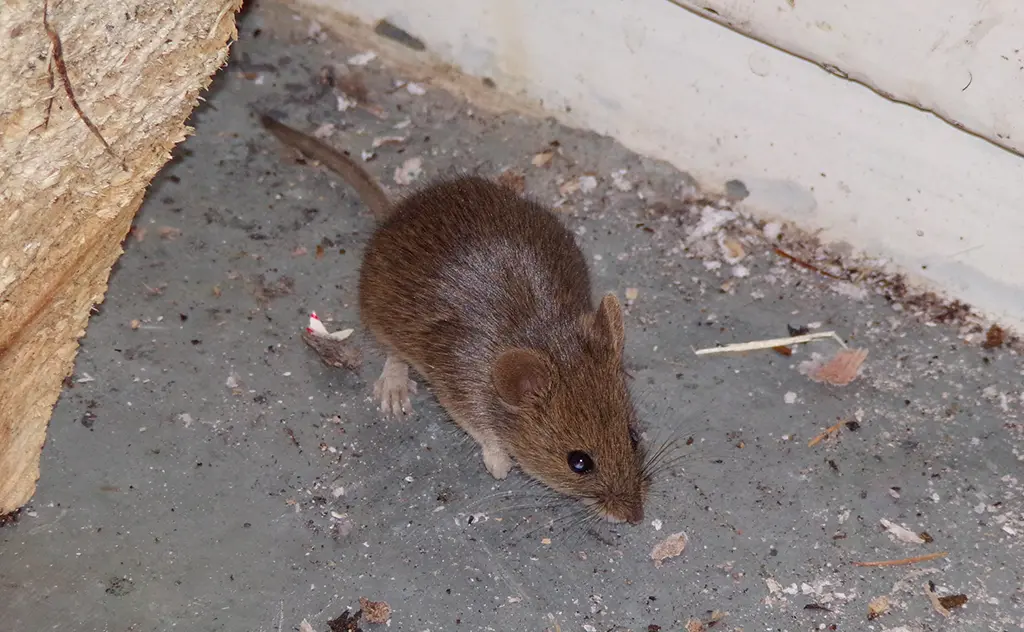Rodents
Get a free estimate

Rodents
Rodents are a diverse group of small to medium-sized mammals belonging to the order Rodentia. They make up the largest group of mammals, with over 2,000 species known to science. Rodents can be found on every continent except Antarctica, showcasing their adaptability and success as a group.
Mice
House mice (Mus musculus) are small rodents that are common pests in residential and commercial buildings. They can cause various problems, including contaminating food, causing damage to structures, and spreading diseases.
The house mouse is one of the most troublesome and costly rodents in the United States. House mice thrive under a variety of conditions; they are found in and around homes and commercial structures as well as in open fields and on agricultural land.
House mice consume and contaminate food meant for humans, pets, livestock, or other animals. In addition, they cause considerable damage to structures and property, and they can transmit pathogens that cause diseases such as salmonellosis, a form of food poisoning. Droppings, fresh gnaw marks, and tracks indicate areas where mice are active.
Mouse nests are made from finely shredded paper or other fibrous material, usually in sheltered locations. House mice have a characteristic musky odor that reveals their presence. Mice are active mostly at night, but they can be seen occasionally during daylight hours.
Because house mice are so small, they can gain entry into homes and other buildings much more easily than rats. As a result, house mouse infestations are probably 10 to 20 times more common than rat infestations.
Effective control involves sanitation, exclusion, and population reduction. Sanitation and exclusion are preventive measures. When a mouse infestation already exists, some form of population reduction such as trapping or baiting is almost always necessary.
Credit: https://ipm.ucanr.edu/home-and-landscape/house-mouse/pest-notes/
Rats
Rats are rodents that can be found in various environments worldwide. They are known to be pests in both urban and rural areas due to their ability to adapt to different conditions. There are several species of rats, but the two most common types that cause problems for humans are the Norway rat (Rattus norvegicus) and the roof rat (Rattus rattus).
- Norway Rats: Also known as brown rats, they are larger and stockier, with blunt noses. They have a tendency to burrow and live in underground areas.
- Roof Rats: Also called black rats or ship rats, they are sleeker and more agile. They are excellent climbers and tend to live in higher spaces like attics, trees, and roofs.
Because rats are active throughout the year, periodically check for signs of their presence. Once rats have invaded your garden or landscaping, unless your house is truly rodent proof, it is only a matter of time before you find evidence of them indoors. Experience has shown it is less time consuming to control rodents before their numbers get too high, and fewer traps and less bait will be required if control is started early.
Rats eat and contaminate foodstuffs and animal feed. They also damage containers and packaging materials in which foods and feed are stored. Both rat species cause problems by gnawing on electrical wires and wooden structures such as doors, ledges, corners, and wall material, and they tear up insulation in walls and ceilings for nesting. A successful rat control strategy typically includes three elements: sanitation measures; building construction and rodent proofing; and, if necessary, population control.
Credit: https://ipm.ucanr.edu/home-and-landscape/rats/pest-notes/
Call or click here to contact Hannan Environmental Services for a FREE no-obligation quote today! You can also find Hannan and learn more about us on Facebook.


